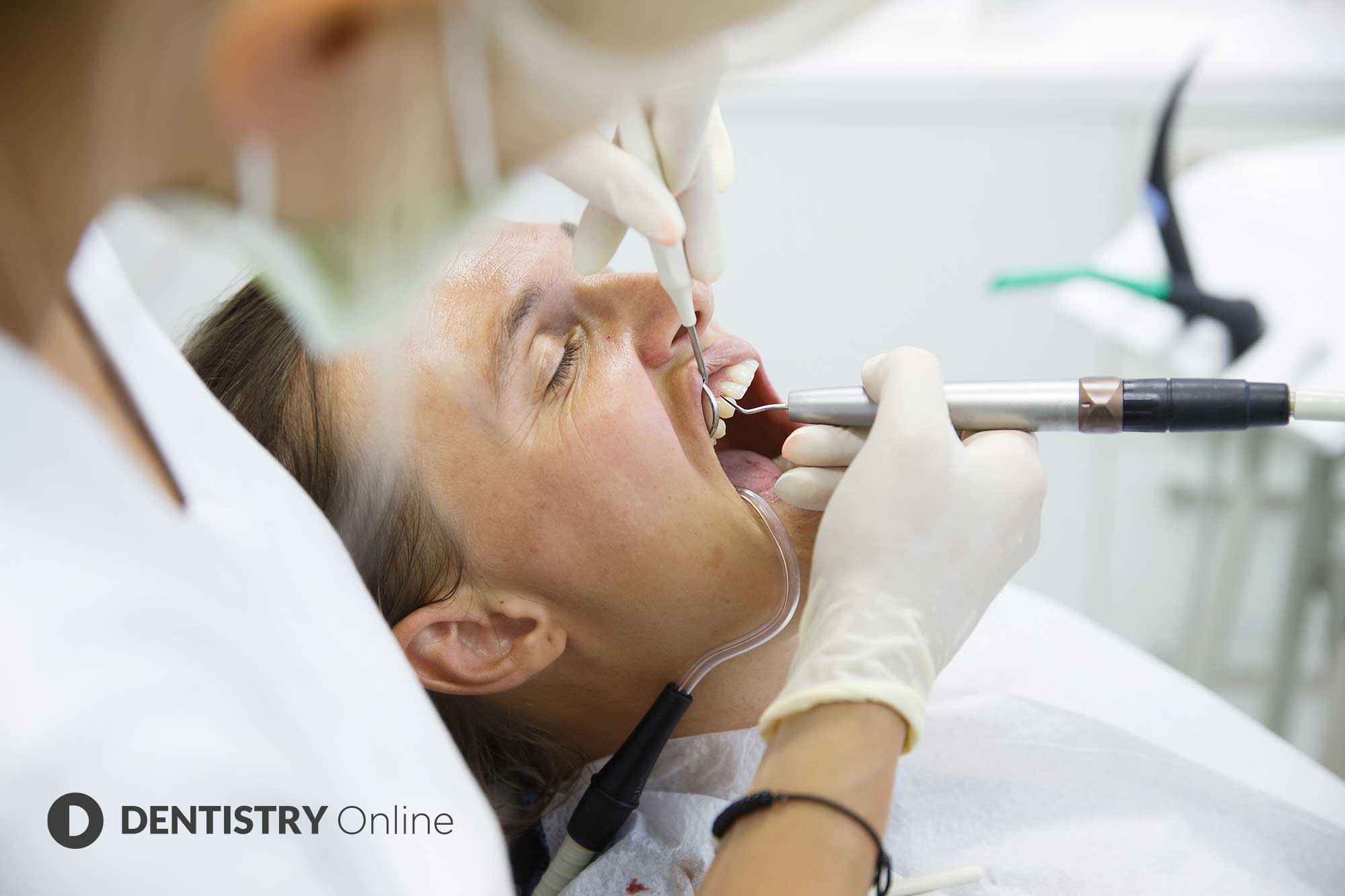 Alison Edisbury explains the importance of effective periodontal therapy and how to maintain long-term supportive care with patients.
Alison Edisbury explains the importance of effective periodontal therapy and how to maintain long-term supportive care with patients.
Before starting a course of non-surgical periodontal therapy (NSPT) I explain to my patients that periodontitis is a life-long condition. Whilst NSPT is an important part of stabilising the disease, long-term supportive periodontal therapy (SPT) is crucial to help prevent, or catch early, future episodes of reactivity.
The optimal endpoints of active periodontal therapy are:
- No pocket probing depths (PPD) ≥4mm with bleeding on probing (BOP)
- Deep pockets (PPD ≥5mm) and reduction in signs of inflammation (BOP <10%).
It is important to note, however, that we cannot achieve the endpoints of therapy in all patients. Especially in those with severe stage III periodontitis. But they will still benefit from SPT.
Cochrane states: ‘The success of supportive periodontal therapy (SPT) has been demonstrated in a number of long-term, retrospective, epidemiological studies, which have shown that, whether in university, hospital or specialist practice settings, only 2-5% of teeth in patients originally treated for chronic periodontitis are lost over a five to 10-year period.’
Maintaining periodontal stability
Following the completion of the active phase of periodontal therapy, my patients are placed on long-term supportive care. This is tailored to their individual risk. It is usually a 30 to 60-minute appointment every two to four months.
It is my role to support patients in maintaining periodontal stability. Because: ‘Even with good home care, potentially pathogenic bacterial flora can re-establish itself at the base of a 5mm+ pocket three months after a thorough subgingival debridement’.
A typical SPT appointment will consist of:
- Periodontal examination, including re-evaluation of PPD and clinical attachment levels (CAL), plaque and BOP assessment
- Update medical and social history, which helps to identify and address potential risk factors
- Motivation and re-instruction of oral hygiene techniques
- Supra and subgingival professional mechanical plaque removal (PMPR) to remove biofilm and calculus
- Root surface debridement (RSD) in pockets ≥5mm, especially those with BOP
- Determination of future SPT.
Disrupting the biofilm
SPT appointments will include a combination of calculus removal and biofilm disruption.
We now know that calculus does not play a major role in the pathogenesis of periodontal disease. But its rough surface can act as a plaque retention factor.
Traditional methods for PMPR are largely based on calculus removal. Studies show that whilst hand instrumentation and ultrasonic scaling produce the same outcome, ultrasonic scaling is less invasive, less destructive to tooth tissue, is more comfortable for the patient and takes less time.
As compliance with SPT appointments are crucial to long-term periodontal stability, it is important to me that I make these appointments as comfortable as possible for both the patient and myself. As well as choosing a treatment modality that is effective at disrupting subgingival biofilm.
This is why more recently I’ve started to incorporate air-polishing in my SPT appointments. Subgingival air-polishing is more effective in PPD up to 9mm than hand instrumentation or ultrasonic scaling. It is also perceived to be a more comfortable treatment option for the patient.
Air-polishing provides a gentle, yet effective abrasion of the tooth surface. It uses the combination of powder, water and compressed air.
Mylunos powder
The properties of the powder also play an important role, and the Durr Dental Mylunos system incorporates the use of trehalose powder as it has an extremely low abrasive effect on both enamel and dentine. As well as being vegan, lactose-free and gluten-free, it does not irritate mucous membranes.
Trehalose powder is also water-soluble. This means that it doesn’t leave powder residue in the patient’s mouth. And it also protects the suction unit.
There are two prophy powders:
- Lunos Prophy Powder Gentle clean for supragingival cleaning and removal of extrinsic discolouration
- Lunos Prophy Powder Perio Combi specifically to support periodontal maintenance therapy.
Since using Mylunos, my patients have commented how the treatment is much more comfortable and that they feel it is providing a much more thorough ‘clean’.
As a clinician, I find Mylunos is extremely user friendly. It is easy to handle, sitting comfortably in the hand. The ability to rotate the handpiece makes it more effective at reaching distal of the molars and in furcation areas.
It is quick and easy to switch between the supra and subgingival nozzles, and the supra and subgingival powders. This also saves valuable treatment time.
Another advantage of Mylunos is that all the components are autoclavable. This ensures optimum disinfection.
The aim of SPT is to minimise the recurrence or progression of periodontal disease through effective biofilm disruption and in a way that maintains the periodontium in the most stable condition possible.
We can achieve this through appropriate recall intervals, monitoring the periodontium and identifying and treating recurrence of disease in a timely manner.
Patient compliance with SPT appointments is crucial. We should therefore carry out PMPR in the most effective, but minimally invasive way possible. This makes Mylunos the perfect solution.
For more information please contact Durr’s clinical sales specialist, Anne Evans, on 07932 092880.


